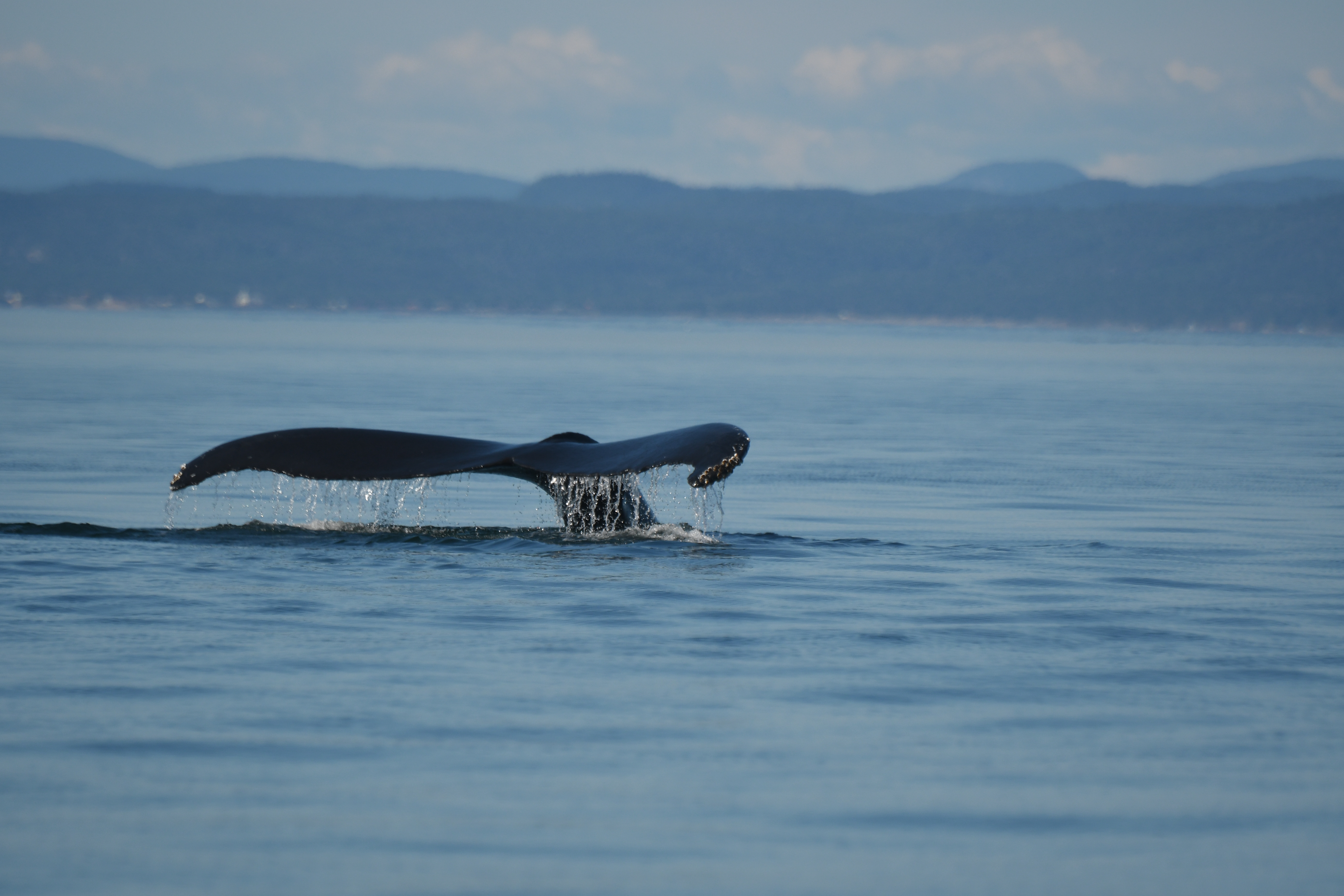According to an article published on April 5, 2016 in National Geographic, some whales, especially humpback and bowhead whales, could actually benefit from climate change, at least in the short term.
While some cetacean populations are recovering from the ban on commercial harvesting, they are discovering a world quite different from the one they inhabited before being decimated by whaling.
The recovery of the humpback whale population along the west coast of the Antarctic Peninsula is attributable, according to the authors of this article, not only to the prohibition of commercial whaling since 1966, but also to a decrease in ice cover during part of the year. In this region of Antarctica, ice cover appears nearly two months later and disappears one month earlier than in the 1970s. Humpbacks can now stay in the region for a greater portion of the year to follow the swarms of krill. It is even thought that some individuals have begun to reproduce in the Antarctic, rather than in tropical waters.
In the Arctic Ocean as well, a reduction in ice cover is being observed. North of the straits that connect this ocean to the Atlantic and Pacific oceans, the ice-free season is between 1.5 and 3 months longer today than it was 30 years ago. For some species such as the polar bear, this is very bad news. For humpbacks and other large whales, it might actually be good news, at least in the short term.

The reduction of ice cover caused by climate change might allow some cetacean populations to remain in their feeding areas for a longer portion of the year and even explore new feeding grounds to which they did not previously have access. A study published in 2015 in the scientific journal Progress in Oceanography shows a correlation between the decrease in summer ice cover in the Beaufort Sea over the past 25 years and the enhanced physical condition of bowhead whales. The study mentions the positive effect of the reduced ice cover in this part of the Arctic Ocean on the growth of phytoplankton, which serves as food for small crustaceans – copepods and krill – which in turn constitute an important food source for bowhead whales.
But will climate change be beneficial for these populations of cetaceans in the long term? Assessing the role of climate change in the recovery or decline of a population is complex. Climate change alters a multitude of elements in the cetacean environment, including ice cover; abundance and distribution of food resources; ocean acidity, salinity, and temperature; competition with other populations; and human activities. For example, off the coast of Greenland, bowhead, humpback and fin whales are currently using the same area but at different times of the year. With a reduction in ice cover and changes in cetacean migration periods, will they soon be competing for the same territory and the same food resources during certain periods of the year? Reduced ice cover also opens up new areas for shipping and hydrocarbon drilling. What are the consequences for marine mammals that live or spend part of the year in these areas?

As noted in the National Geographic article, as the ice continues to disappear and the phenomenon of ocean acidification accelerates, food resources, which have increased in the short term for some cetacean populations in certain parts of world, might experience a steep decline. Antarctic krill, amongst other species, is sensitive to ocean acidification and requires ice cover for growth. A significant reduction in krill biomass has been noted in a number of regions of Antarctica – by some estimates up to 80% of the total biomass may have disappeared in the past 30 years, possibly due to climate change and overfishing – already causing serious consequences for certain populations of penguins that feed primarily on krill. Will cetaceans be next?
In light of these data, although some whale populations are benefiting from climate change in the short term, the effects might be different and less positive in the long term. This shows us the importance, in addition to reducing greenhouse gas emissions, of learning more about these populations, identifying and monitoring their critical habitats – which are likely to evolve with climate change – and mitigating other factors within these habitats (pollution, noise, overfishing) that could make these populations less capable of adapting to the rapid changes they face.
Source:
Some whales like global warming just fine
To learn more:
On Whales Online






